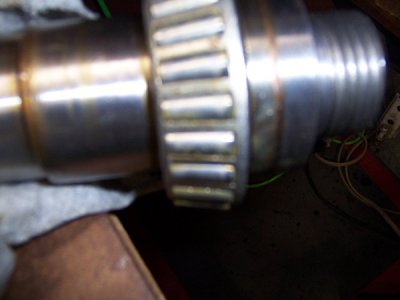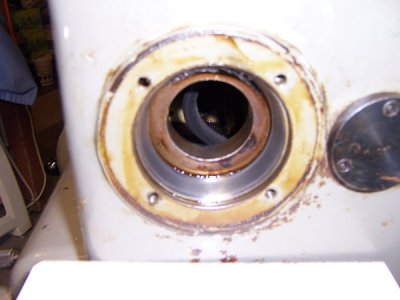- Joined
- Apr 29, 2019
- Messages
- 2,059
Most lathes have a spec listed in the manual of the maximum weight between centers. The spindle can support half of that weight.
There are so many factors that affect cutting force like how sharp is the tool at the moment, the tool is constantly getting duller as the cut progresses causing the cutting force to climb, the hardness of the material the geometry of the cutting tool the speed and feed are all major factors some of which are nearly impossible to measure. I don't know of a formula that can calculate it.
With all that said here is one calculator that may get you in the ballpark with a bunch of assumptions built in.
 www.kennametal.com
www.kennametal.com
There are so many factors that affect cutting force like how sharp is the tool at the moment, the tool is constantly getting duller as the cut progresses causing the cutting force to climb, the hardness of the material the geometry of the cutting tool the speed and feed are all major factors some of which are nearly impossible to measure. I don't know of a formula that can calculate it.
With all that said here is one calculator that may get you in the ballpark with a bunch of assumptions built in.
Cutting Force Calculator | Turning – Kennametal
Cutting Forces, Torque, and Horsepower for Turning Applications



